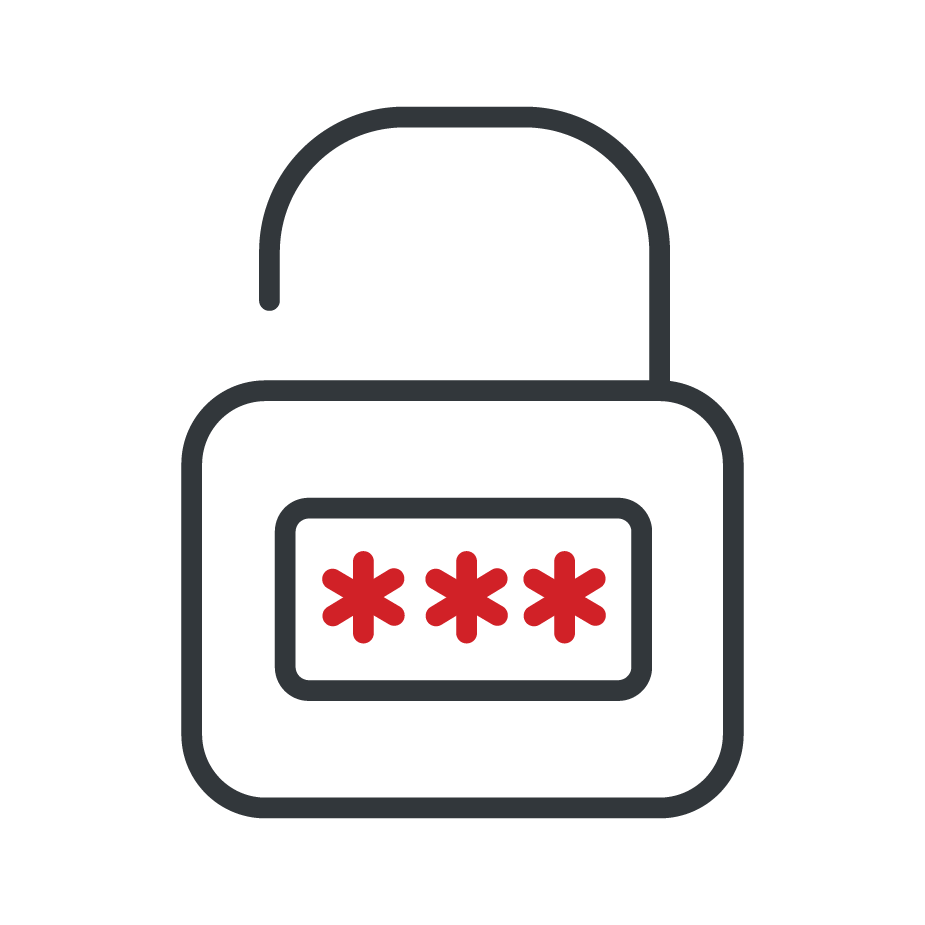Course
Why Teach the Democratic Erosion Course?
We make it easy for faculty to start teaching about democratic erosion. We offer a full 13-week curriculum, including a syllabus, readings, lesson plans, reading summaries, and in-class activities and assessments, as well as ideas for how to adapt the course to different student populations and class formats. Our active faculty list-serve promotes network-building and sharing of best practices in pedagogy. Our course also offers students the opportunity to engage in collaborative assignments with students from other universities, write posts for our student blog, and participate in an immersive, online Democratic Erosion Simulation.
Course Goals and Content
Our course equips students with the tools to understand the causes, dynamics, and consequences of democratic erosion around the world. It takes a nonpartisan, pluralistic, and comparative approach, examining cross-country trends while narrowing in on key case studies.
UNIVERSITIES
Who Teaches the Course?
Since 2017, our course on democratic erosion has been taught at more than 90 colleges and universities in the United States and abroad. Our instructors teach at a range of institutions, including public and private universities, liberal arts colleges, community colleges, and HBCUs. Teaching the course is open to any interested faculty member, and we are always excited to expand the course to new instructors and university settings.
GET INVOLVED
How Can Faculty Get Involved?
We are always excited to bring new faculty into the Democratic Erosion Consortium. Here are ways DEC faculty can engage with us:
USE CONTENT
Teach the full course or integrate a few weeks of course content into an existing course you already teach
ASSIGN COLLABORATIVE ASSIGNMENTS
Assign collaborative assignments with students from other universities. Students can engage in group Whatsapp conversations or Slack chats; participate in an immersive online simulation designed by the ICONS Project; or write for and comment on our Course Blog
JOIN OUR FACULTY LISTSERV
Share new content and best practices in pedagogy, and coordinate on collaborative assignments
Teach The Course FAQ
What topics does the Democratic Erosion Course cover?
The Democratic Erosion Course equips students with the tools to understand the causes, dynamics, and consequences of democratic erosion around the world. Key themes include current and historical trends in democratic backsliding; theories of democratic consolidation and de-consolidation; strategies to counter threats to democracy; and the role of misinformation, polarization, and populism in exacerbating democratic decline, among other topics. You can learn more by downloading the syllabus.
What materials are available to instructors who teach the course?
We offer a full 13-week curriculum, including a syllabus, lecture slides, discussion questions, in-class activities, and graded assignments and assessments, as well as ideas for adapting the course to different student populations and class formats.
Do I have to teach the full 13-week syllabus?
No. The syllabus is designed to be flexible. Many faculty teach the full 13-week Democratic Erosion Course, but some opt to integrate a selection of themes and readings into courses on related topics. Some faculty also teach the full 13-week course, but swap out a handful of readings or assignments. We encourage instructors to use the course materials in whatever way is most useful to them.
What are the opportunities for collaboration between students at participating colleges and universities?
Students who are enrolled in courses taught by DEC affiliated faculty, whether they are teaching some or all of the DEC syllabus, are eligible to participate in any of our collaborative activities. These include writing for our student blog; reading and commenting on blog posts from students at other universities; engaging in collaborative assignments like shared virtual lectures by guest speakers, group WhatsApp or Slack chats, and collaborative case study assignments; and an immersive online simulation designed by the ICONS Project.
How many universities and colleges have taught all or part of the course?
The course has been taught at more than 90 universities in the United States and abroad, including both public and private universities, as well as small liberal arts colleges, community colleges, and HBCUs. See our full list of Faculty Affiliates and participating universities.
Where can I access the course materials?
Fill out this form to access the full set of course materials.
What is the Democratic Erosion student blog? Can my students contribute?
The Democratic Erosion student blog is open to any student who is enrolled in a course covering all or some of our course content. Instructors can assign students to write blog posts as well as to read and comment on posts written by students at other participating universities and colleges.



